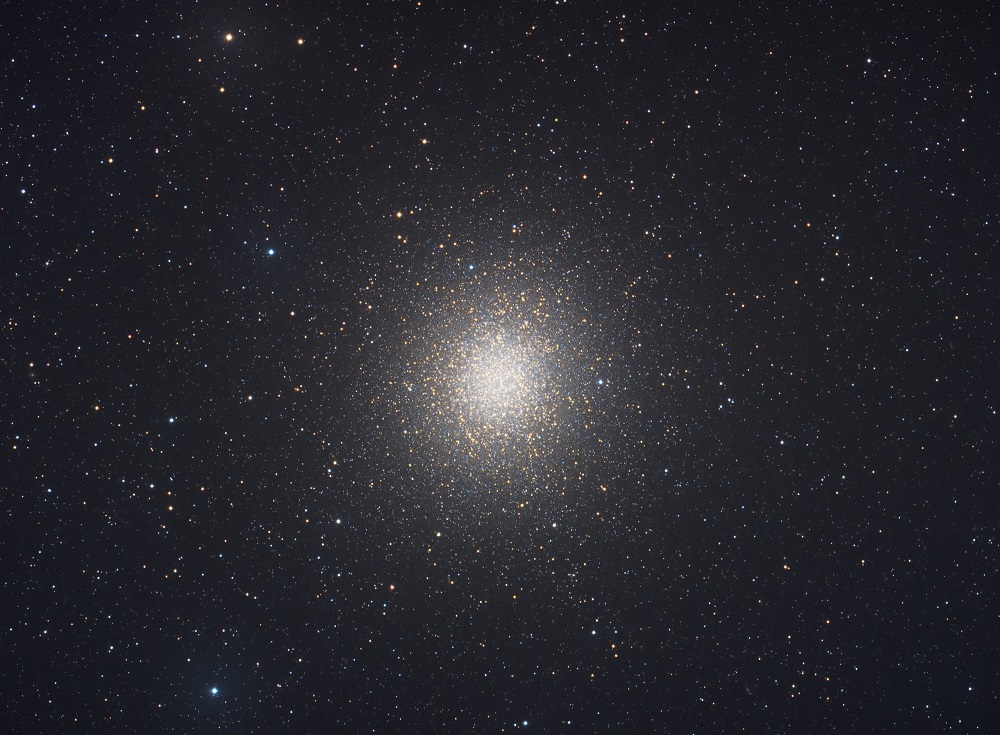Scientists have studied the dim globular cluster VVV CL002. It is considered to be the closest to the center of our Galaxy. New data suggest that it is falling to its center and will soon be completely destroyed by the forces of gravity.

Globular cluster VVV CL002
The Magellan Clay telescope in Chile gave scientists the opportunity to explore the globular cluster VVV CL002, which is located quite close to the center of our Galaxy. They conducted high-resolution spectroscopic studies and learned amazing details of what would await it in the future.
Globular clusters are collections that can contain thousands and tens of thousands of luminaries. They are extremely ancient and bright. Scientists are closely observing how they orbit galaxies because they are natural laboratories that recreate the evolution of the universe in miniature.
VVV CL002 is a relatively dim globular cluster. Therefore, it was discovered only in 2011 during the review of Via Lactea (VVV). It is 23,800 light-years away from us and only 1,300 light-years from the center of the Milky Way. Now this cluster is considered the closest to the supermassive black hole Sagittarius A*.
Falling to the center of the galaxy
High-resolution spectroscopic studies have provided a lot of interesting information about VVV CL002. Traditionally, scientists have learned its chemical composition. Metallicity turned out to be quite low: -0.54. It confirms that this globular cluster is as old as other similar objects.
However, the data on the velocity vector of the cluster turned out to be the most interesting. They made it possible to recreate its orbit. It turned out to be retrograde, i.e., VVV CL002 orbits around the center of the Milky Way in the direction opposite to that in which most stars move.
In addition, it turned out that the eccentricity of the orbit of VVV CL002 is 0.69, and this is a fairly high indicator. The apogalactocentric is located at a distance of 3,400 light years, and the perigalactocentric is 619 light years from the supermassive black hole.
Thanks to all this, scientists could recreate the history of the cluster. It was not born in our Galaxy and orbited it for some time. However, relatively recently, by cosmic standards, VVV CL002 began to fall to the center of the Milky Way.
It is currently in a spiral orbit. Due to the high resistance of the medium, its height decreases all the time. Scientists are convinced that subsequently, VVV CL002 will be completely destroyed by gravitational forces.
According to phys.org
Follow us on Twitter to get the most interesting space news in time
https://twitter.com/ust_magazine


